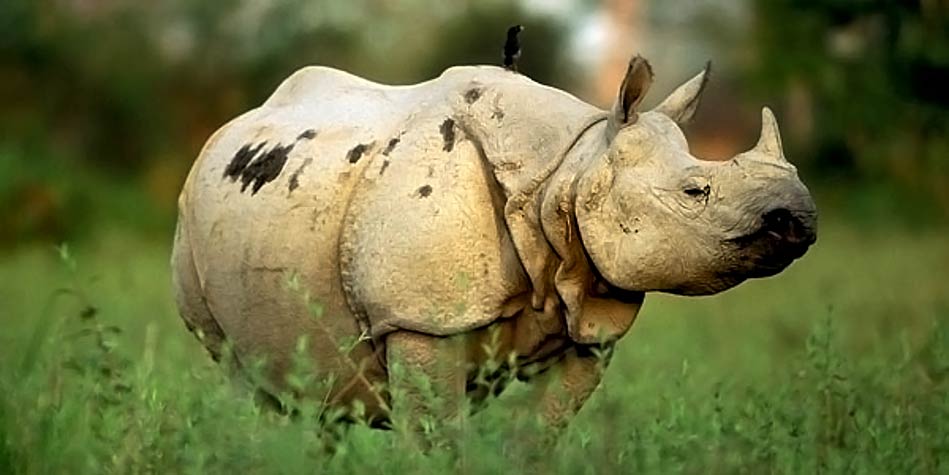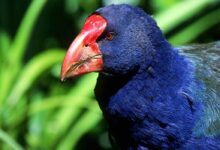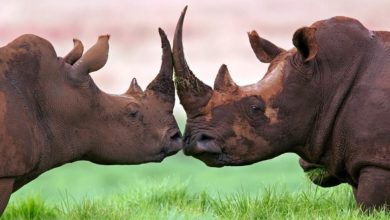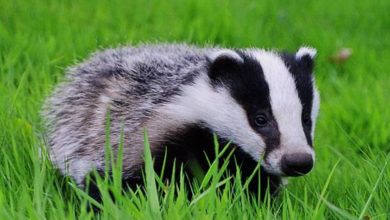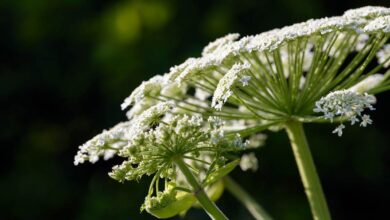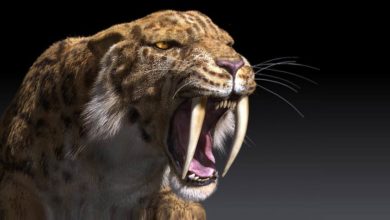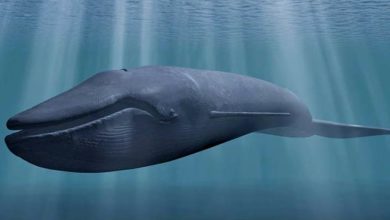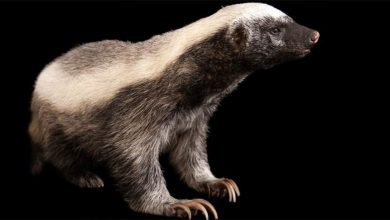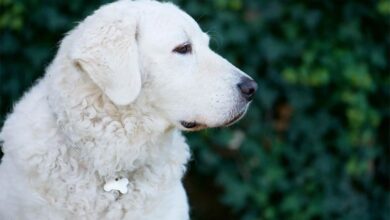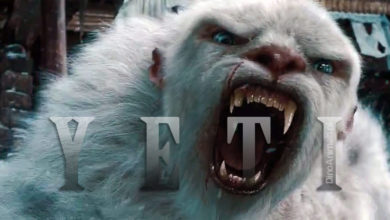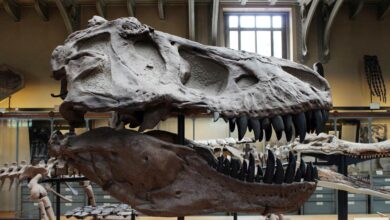The Indian rhinoceros (Rhinoceros unicornis)
The greater one-horned rhinoceros, great Indian rhinoceros
This is one of the largest land animals in the world and at the same time one of the least friendly towards other rhinos. Although it can be admired in more than one zoo, it does not feel good in captivity and at least not well enough for the reproduction. An animal, which can be extremely brutal for its relatives, can also show sweetening behavior.
Classification
- Kingdom: Animalia
- Class: Mammalia
- Order: Perissodactyla
- Family: Rhinocerotidae
- Genus: Rhinoceros
- Species: Rhinoceros unicornis
- Names: The Indian rhinoceros (Rhinoceros unicornis), the greater one-horned rhinoceros, great Indian rhinoceros
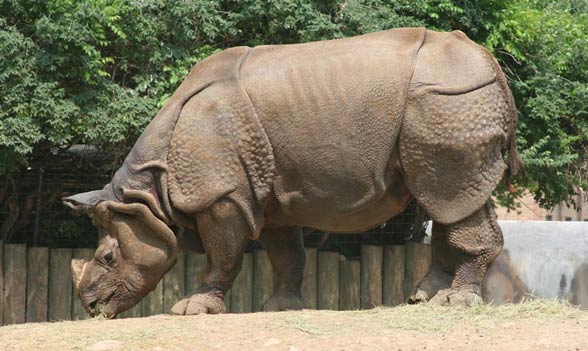
Distribution and habitat
In the past, it used to live in the whole north part of the Indian subcontinent reaching Indus, Ganges and Brahmaputra, from Pakistan to Burmese border with India, in the part of Nepal, Bangladesh, Bhutan. It also appeared in Burma, southern China and Indochina. It liked swampy savannahs and grasslands of plain Terai and Brahmaputra, but because of destroying the habitat and climate changes, the population of the Indian rhinoceros was decreasing constantly in XIX century.
Today, it can be seen only in Terai, swampy areas of southern Nepal, the northern state of India – Uttar Pradesh, the northern state of Bihar and in the Brahmaputra Valley of Assam. Thomas C. Jerdon (an English botanist, doctor and one of the first Europeans who was interested in Indian birds) wrote about the historical range of the Indian rhinoceros distribution.
Present areas where the Indian rhinoceros live have decreased to a few pockets in southern Nepal, northern Bengal and the Brahmaputra Valley. In 1980s, these animals were often seen in Royal Manas National Park in Bhutan. Today, they are spotted in places dominated by human settlements which form present landscapes. Because of that fact, they are often noticed on cultivated areas, pastures and secondary forests.
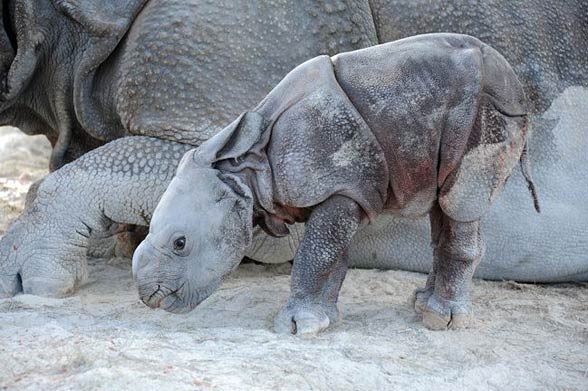
Characteristics
Size
Males are often 368-380 cm (145-150 in) long, height at shoulders is 163-193 cm (64-76 in) while females are respectively 310-340 cm (122-134 in) and 147-173 cm (58-68 in). The weight of females living in zoos in Basel reached about 1600 kilos (3,527 lb) and males weighed approximately 2100 kilos (4,630 lb).
The horn
Both on the male’s foreface as well as the female’s one, there is a single horn but the young do not have it. It consists of pure keratin and is similar to the structure of human’s nails. The horn starts growing when the animal reaches 6 years old and most of adult species have the horn reaching the length of 25 cm (10 in).
Although, there was the case of the horn which was 57.2 cm (22.5 in) long. The head of the horn is curved towards the animal’s head and its width is 12-18.5 cm (4.7-7.3 in) on average. However, it rapidly narrows on the head reaching the width of only 55 cm (21.6 in). Species living in captivity have the horn reaching the width of the door handle because the animal often uses it for various activities causing wearing it down.
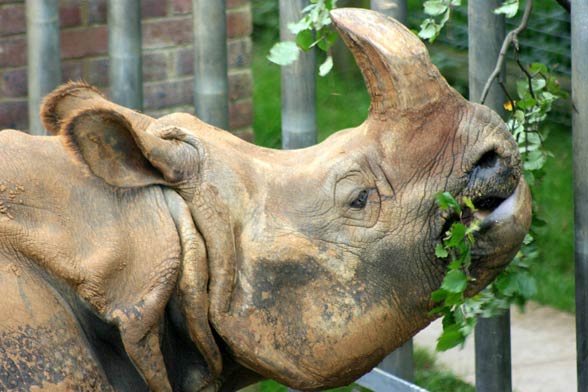
‘Horned’ skin
The Indian rhinoceros has very thick silver-brown skin which becomes pinkish near folds. The upper parts of legs and shoulders are covered with bumps which are similar to warts. Hair is scarce because it only appears as eyelashes, ear fringes and the tail. Males are different from females as they have a wide neck fold.
Diet
It mainly eats grass although it also consumes leaves, branches of shrubs and trees, fruits and aquatic plants. It scavenges in the morning and evening and it uses prehensile lips to grab food. If the grass is too high, the rhinoceros tackle it to reach their mouths. The similar technique is used by mothers which teach their young how to get food.
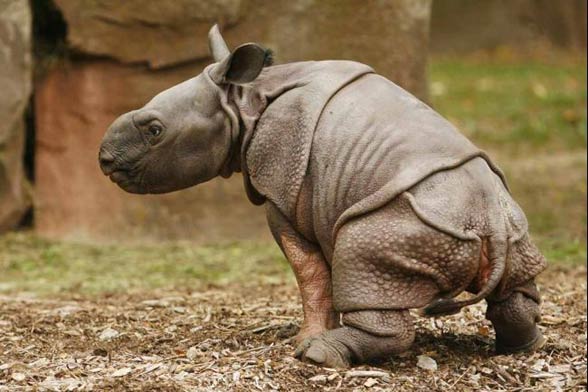
Behaviour and lifestyle
A loner by choice
Besides the reproduction and mothers with calves, rhinoceros are loners although they sometimes meet at the watering hole. The surface of the male range is approximately 2-8 km2 (0.8-3 mi2)and it overlaps. Dominant male species are tolerant of other males crossing their territory excepting the mating period when it comes to threatening fights. They are active during the night and in the early morning and during the day, they take baths in lakes, rivers and ponds. Thanks to observations of their behavior, we know that they are great swimmers.
Natural enemies and diseases
In the natural habitat, animals do not have enemies apart from tigers which often kill unprotected young. However, a big cat has hardly any chances fighting with the adult animal. They have good relations with mynahs and egrets which eat invertebrates from their skin. Their peaceful life is disturbed by insects which bite these big mammals very often. The species are vulnerable to parasitic diseases spread by leeches, ticks and nematodes. Anthrax and sepsis occur very often.
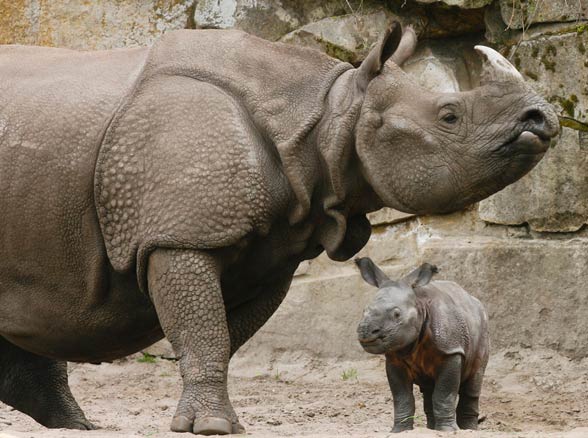
Temporary social groups
Although they are loners most of the time, the Indian rhinoceros form specific social groups. Adult males usually stay bachelors except for oestrus and fights. Females are also lonely in most cases when they do not bring up their young. However, mothers always stay close to their calves until they are 4 years old. They sometimes let the young to stay near the newborn calf.
Immature males and females form groups but the group of two or three young males very often lives on the edge of the territory belonging to the dominant male; probably because of the defense reasons. Young females are less socialized than males. It happens that there are temporary groups which wallow in new forest water and mud reservoirs. Mainly during the monsoon period, that is between March and April. There are 10 species in the group including the alpha male, females and calves. Immature male species are not allowed into the group.
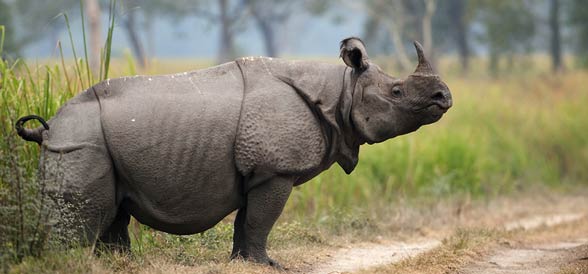
Vocalisations (sounds) – communication
The Indian rhinoceros has a wide variety of vocalizations, among other things wheezing, honking, bleating, braying, shrieking, squeak- panting, grunting, groaning, rumbling. The animal also uses smell for communication- adult males urinate up to 3-4 meters (10-13 ft) behind them. It is very often a kind of the message ‘Do not disturb’.
Similarly to other rhinoceros species, it defecates on other big dung piles formed out of other rhinoceros feces. This is because rhinoceros have special scent glands thanks to which they mark their presence. Because of that, observers see males walking with their heads down close to the ground as if they were hanging. Probably this is the way they look for females.
Pretended fights
In the group, rhinoceros are often very friendly welcoming the newly come by waving head, licking each other, nuzzling noses. They can also pretend to fight, play with twigs which they hold in their mouths. Adult males are main fight instigators but real fights between dominant males are the main reason of death within rhino species. What is more, males become extremely aggressive towards females during courtship. They chase and attack them directly. Unlike African rhinoceros which fight with its horn, the Indian rhino fights using its incisors.
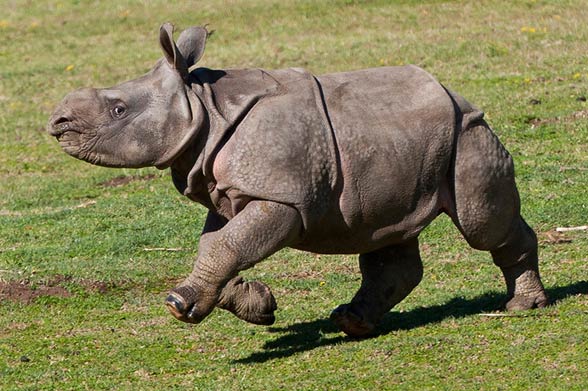
Reproduction
In captivity, males become mature when they are 5 years old but they get the status of the dominant much later when they are big enough. Females in captivity can breed when they are about 4 years old but in wild, this moment comes much later- when they are about 6 years old.
Probably, the main factor to become sexual mature is having the special size to defend oneself against aggressive males. Their gestation period is about 15 months and the birth interval is from 34 to 51 months.
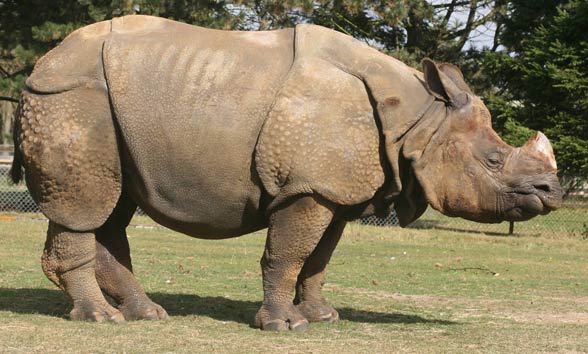
Population
Contemporary population living in wild is around 3000 species, most of which (about 2000) live in Assam (the state in north-east India).
In 2007, the whole population was estimated at 2.575 species and 2.200 of them lived in protected areas:
- Kaziranga National Park: 2329
- Jaldapara National Park: 108
- Pobitora Wildlife Sanctuary: 81
- Orang National Park: 68
- Gorumara: 27
- Dudhwa National Park: 21
- Manas National Park: 19
- Katarniaghat Wildlife Sanctuary: 2
Population in protected areas has been successfully increasing over the last few years. In Nepal, there are around 500 species of the Indian rhinoceros.
The rhinoceros on a video
Below, you may find a short film presenting Indian rhinos.
Detailed information and size
Indian rhinoceros / Horned rhinoceros (Rhinoceros unicornis)
- Body length:
- males: 3.68–3.8 m (12-12.5 ft)
- females: 3.1- 3.4 m (10.2-11.2 ft)
- Height at shoulders
- males: 1,7–1,86 m (5.6–6.1 ft)
- females: 1.47- 1.73 m (4.82-5.67 ft)
- The length of the skull: over 60 cm (23.6 in)
- The horn: 25 cm (9.8 in), record: 57.2 cm 22.5 in)
- Weight:
- males: 2.2 t (4,900 lb)
- females: 1.6 t (3,500 lb)
- The biggest rhino reached 4 t (8,800 lb)
- Lifespan: up to 40 years in captivity (the record-holder was 47 years old)
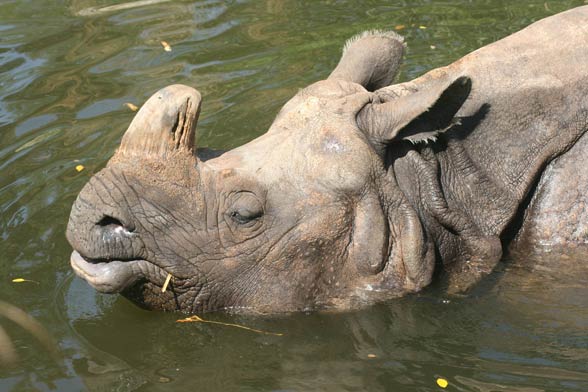
Interesting facts
- The horned rhino is the species which is locally extinct in Pakistan
- The horned rhino is the second large land animal in Asia, after the Indian elephant
- The rhino is the second big rhinoceros. Only the white rhinoceros is bigger although the record holders of the black rhinoceros can weigh more than average Indian rhinoceros. In the world ranking, it is on the 7th place among biggest land animals.
- The heaviest registered Indian rhinoceros was about 4 tons.
- It can run reaching the speed of 55 km/h (34 mph) on short distances. What’s more, it has good smell and hearing, but the vision is pure.
- The Indian rhino loves to bath.
- The Indian rhino was difficult to breed in captivity. First successful birth took place in Katmandu in 1826 and the next one was 100 years later. The champion to breed the Indian rhinoceros is the Zoo Garden in Basel (Switzerland) – only in 2012, there were 33 calves born there. It means that the majority of Indian rhinoceros in captivity has the relation with the artificial population from Basel.
- The main reason of rhinoceros extinction is poaching whose purpose is to get horns. Poachers use a few methods of killing animals: shooting (only for professional shooters), electrocuting, entrapping (holes are dug so as to the poacher could cut off the horn freely), poisoning salt licks (e.g. poison for rats, pesticides), using the pike or the loop cutting the skin and causing the suffocation.

Recommended
- Rhinos
- Javan rhinoceros
- Sumatran rhinoceros
- Woolly rhinoceros
- Arsinoitherium
- Elasmotherium
- Animals & dinosaurs records
- The fastest animals – Top 100
- The fastest birds – Top 10
- The heaviest dinosaurs – Top 10
- The longest dinosaurs. Sauropods Top 10
- The longest predatory dinosaurs. Theropods Top 10
- The heavies predatory dinosaurs Top 10
- The longest and largest ornithopods
- The longest and largest ceratopsians
- The shortest sauropods
- The smallest dinosaurs – Top 10

